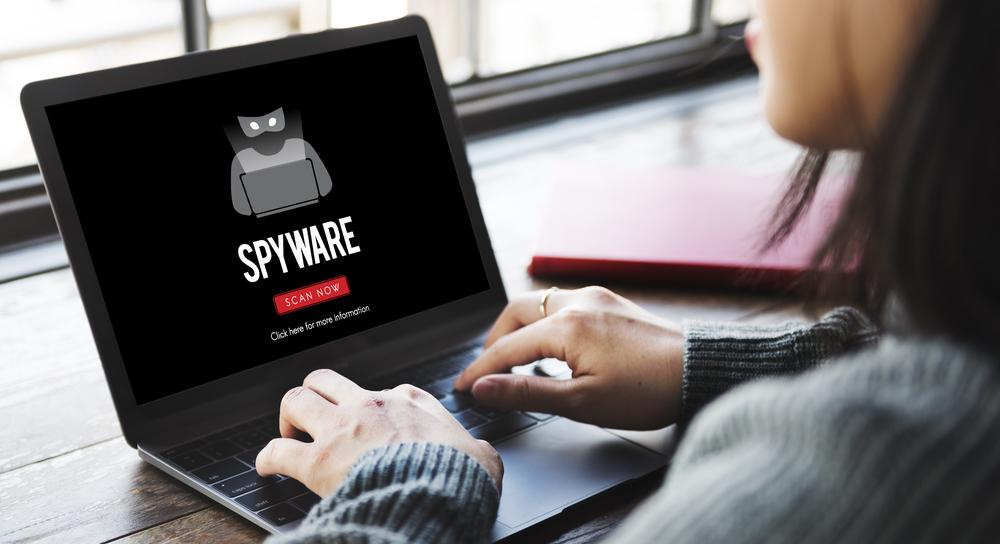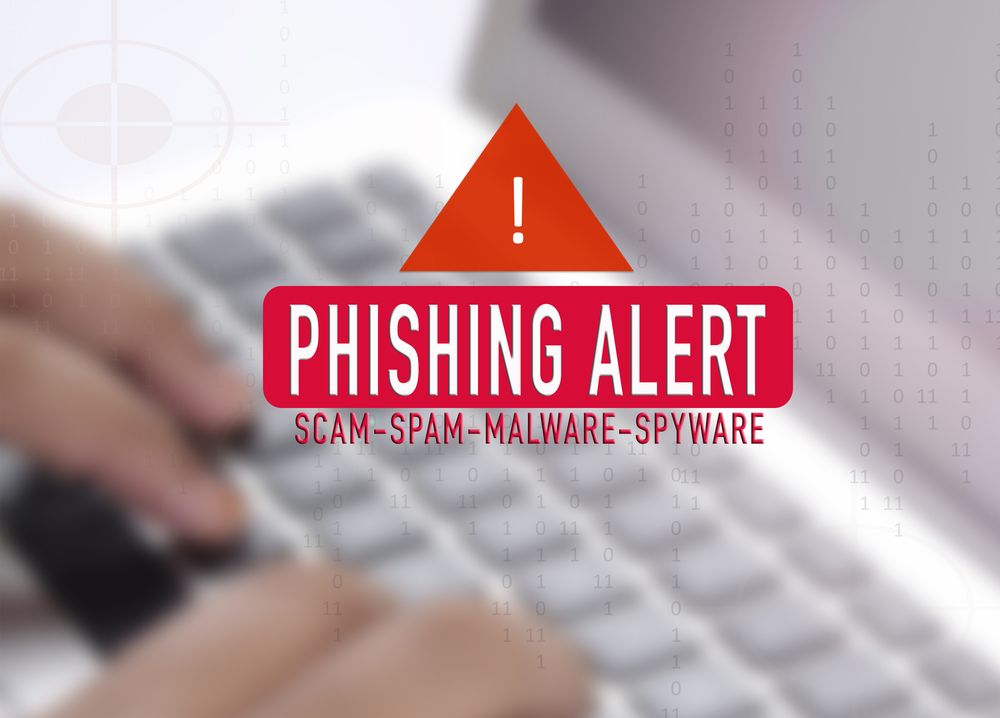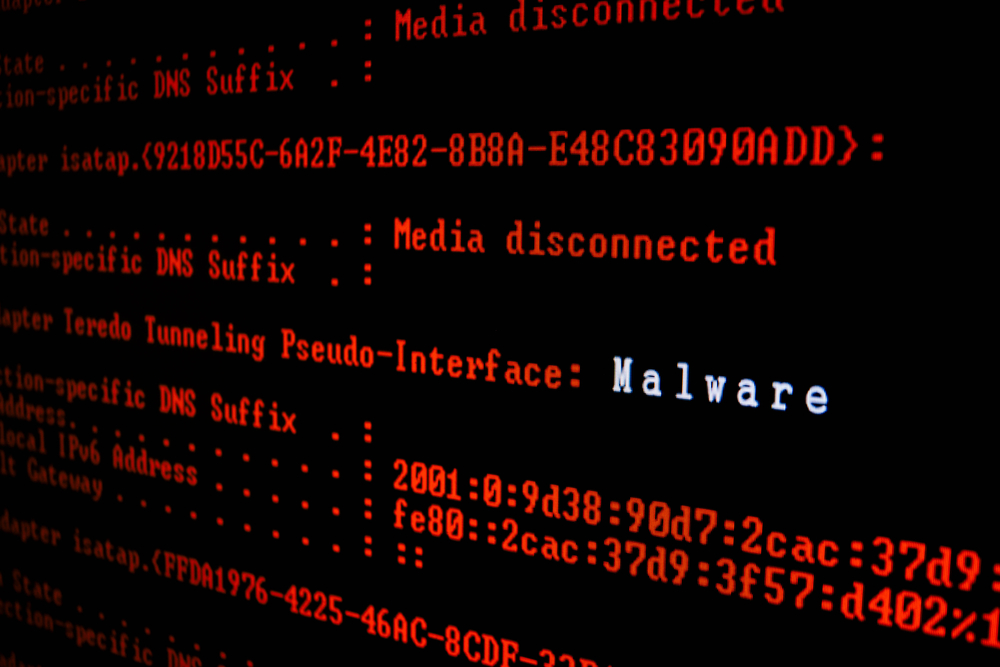Easy Methods to Secure Your Computer
Learn five simple yet effective steps to protect your computer from cyber threats. From regular updates and enabling firewalls to using malware scanners and cautious emailing, this guide helps you secure your device effortlessly. Stay safe online with these straightforward tips designed for Windows users and beyond.

Easy Methods to Secure Your Computer
Follow these five simple actions to protect your device against cyber threats, including professional hacking attempts:
● Regularly update your Windows system
● Keep your Windows Firewall enabled at all times
● Install the latest updates for your web browsers
● Use a reliable malware scanner
● Exercise caution with email links
Update Your Windows System
Hackers often exploit vulnerabilities in outdated Windows versions. Regularly updating Windows ensures your system receives essential security patches, closing potential entry points for attackers. Enable automatic updates through your settings menu to keep your system protected without manual intervention.
Activate Windows Firewall
The inbuilt Windows Firewall provides a crucial barrier against internet threats. Ensure it remains active at all times to block unauthorized access. You can verify its status in the Control Panel, and a green checkmark indicates it's functioning correctly.
Keep Browsers Up-to-Date
Web browsers are common targets for malware and phishing attacks. Updating to the latest browser versions helps patch security flaws, reducing the risk of spyware and malware infiltration during online activities.
Utilize Malware Detection Tools
A dedicated malware scanner adds a layer of security by detecting and removing malicious software. While some antivirus programs include malware scanning, standalone tools often provide more comprehensive protection. Use reputable free or paid malware scanners regularly to safeguard sensitive data.
Be Wary of Email Links
Even with antivirus software, always exercise caution with emails, especially links from unknown sources. Avoid clicking suspicious or unsolicited links to prevent malware infections or phishing scams. Verify the sender’s credibility before interacting with email content, especially when it involves offers or discounts.









